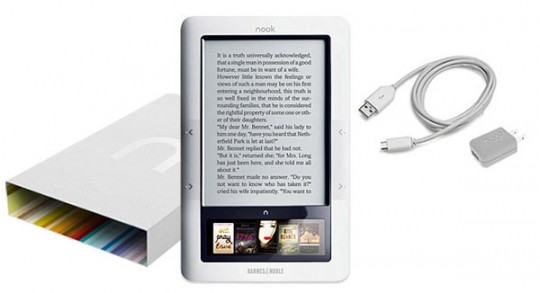
there’s no room for ambiguity when it comes to data recovery. When your missioncritical
digital data is corrupted, misplaced or lost, it is essential to have a worryfree
data recovery system in place that will perform as promised.
R-Tools, the leader in data recovery solutions, has once again bolstered its R-Studio data recovery
solution with support beyond RAID 6 and Windows x64. Now, R-Tools offers
support for Windows 7 and recovery from exFAT and Ext4FS fi le systems –
all for the same low price.
The enhanced R-Wipe&Clean utility, with upgrades that allow you to optimize
application performance and worker productivity with automated clutter-free applications,
now supports all the latest browser versions and Windows 7.
If you are in need of a complete system restoration after
a major crash or data loss, R-Tools offers R-Drive Image,
which allows users to quickly create a compressed disk
image of a hard drive and easily back up images in various removable media such as
CD-R(W), Iomega Zip or Jazz disks. R-Tools also offers the R-Drive Image QEM kit
for system integrators and computer assemblers.
But that’s not all. With goal of business continuity for all, R-Tools has once again enriched the features of its
high-performance recovery tools. R-Crypto, which is available free of charge for home users, protects confi dential
information and personal data against unauthorized access on a desktop, notebook or removable data storage device.
R-Crypto encrypts and decrypts data in real time and is fully transparent to the user.
Rest assured, Linux users can utilize the R-Linux data recovery tool, which is designed for the Ext2FS/3FS/4FS
fi le system used in the Linux OS and several varieties of Unix.
article source : pc world



















